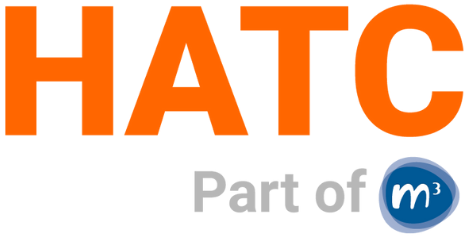Overview
This course provides provide delegates with instruction on how to prepare and update Gantt charts, in order to be able to plan projects more accurately, and then monitor and report more meaningfully, in order to maintain project control and rebut claims for delay from contractors and others..
This course consists of an initial 2-day course followed one month later by a 1-day seminar addressing blockages and queries, to embed the attendee’s ability to use the software.
The course shows people how to set up a schedule in both network diagram and Gantt chart format. It assumes no previous knowledge whatsoever, and so starts with the basics of entering information and working through the steps involved in creating a schedule. However, as we know, life always turns out to be different from the “plan”, and so we then move on to the crucial ability of tracking actual progress against the schedule.
Target Audience
This course is suitable for Development and Regeneration staff of all levels of experience responsible for setting up and / or delivering schemes. It is also useful for people who are involved in projects (as consultees or decision-makers) and who want to understand the broader context of project planning and delivery.
NB: project success is mostly influenced by how well schemes are set up. The ability to plan and schedule project activities, understand the critical path and track progress against plan is even more important for New Business staff than for downstream colleagues. This is not always realised.
Entry or Pre-course Requirements
There are no entry requirements for this module.
All attendees will need to bring a laptop with MS Project loaded and useable.
Recommended Reading
There are no pre-course reading requirements for this course.
Related Courses
Understanding the Development Process;
Project Fundamentals Qualification
Intermediate Development 1 – Acquisition.
Course Plan
At the end of the course the delegates will be able to:
- Create task lists in a structured manner;
- understand the different dependencies between tasks (finish-start, start-start, finish-finish & start-finish) and where they are typically used;
- understand how to estimate task durations, and the link with resources;
- understand how to allocate resources to tasks, and the potential effect of resource over-allocation on the schedule;
- understand milestones and how to incorporate them into the schedule;
- prepare a schedule;
- understand total float and free float and how to have it displayed in the schedule;
- identify the critical path, understand what it means, and know how to set criticality thresholds;
- understand how the schedule is baselined, to allow actual progress against the planned schedule to be monitored;
- update a schedule (tracking), to see the effect on project completion date and the critical path of actual performance to date. Being able to do this is the whole point of the exercise.
Format
Intensive interactive classroom-based learning with exercises
Trainers
Andrew Drury
Duration
3 days (2-day course plus a follow-up 1-day seminar a month later.
Certification
On completion of this course you will be provided with an HATC certificate.
Booking
To book a place on this course email us.
